This recipe for homemade pie crust has never let me down and is the only one I ever use. Whether you're making a savory or a sweet pie, this pie crust will do it justice. It is perfectly buttery, flaky, and easy to make using a few simple ingredients.
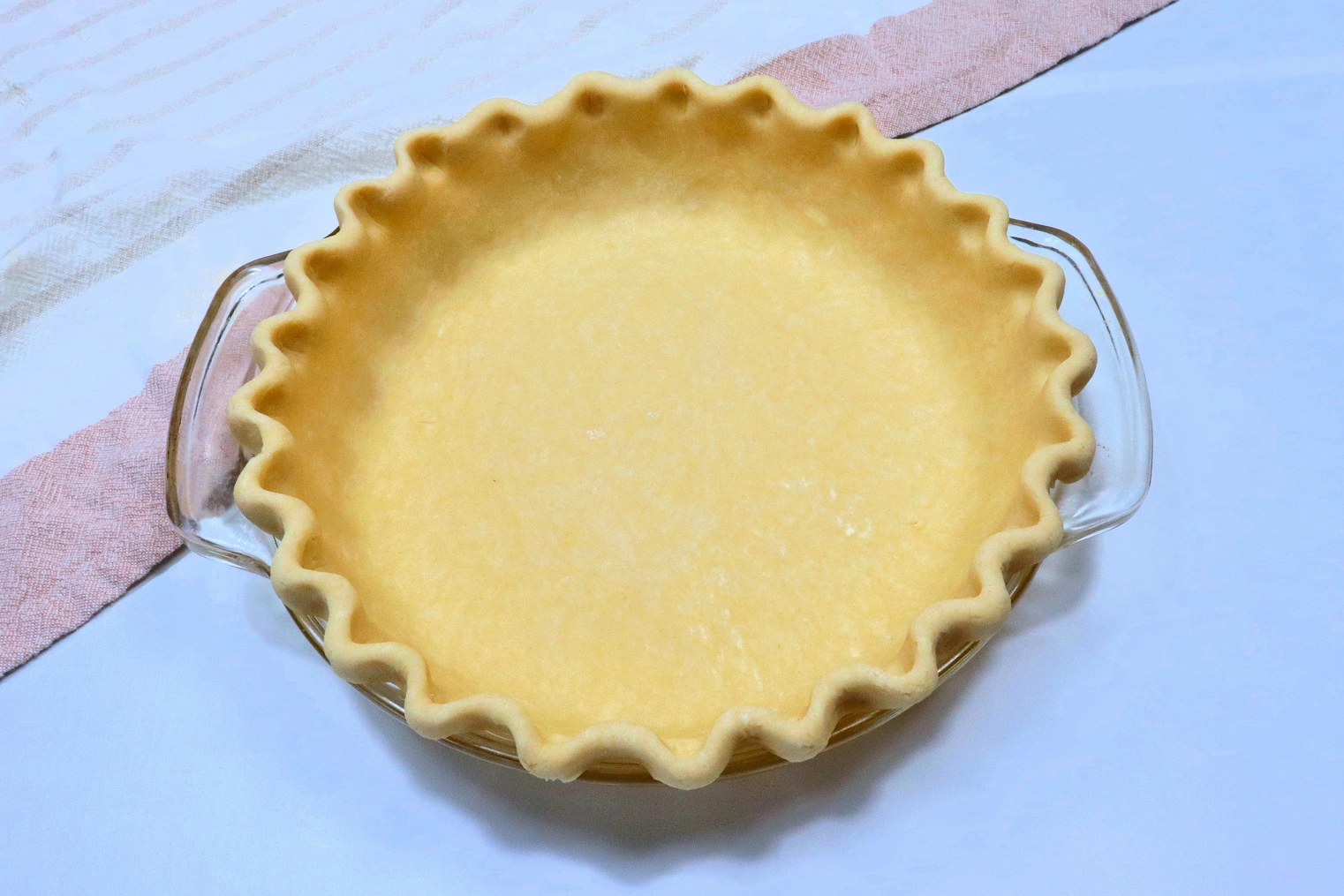
A pie is only as good as its crust, so having a recipe that you can count on is probably one of the most important things a home cook needs to be armed with!
I've never been a fan of store-bought pie crusts, and making a pie crust from scratch is always worth the extra effort! So today I am going to share with you everything you need to know about making pie crust, along with my favorite homemade pie crust recipe. I've made it hundreds of times and it always gets rave reviews!
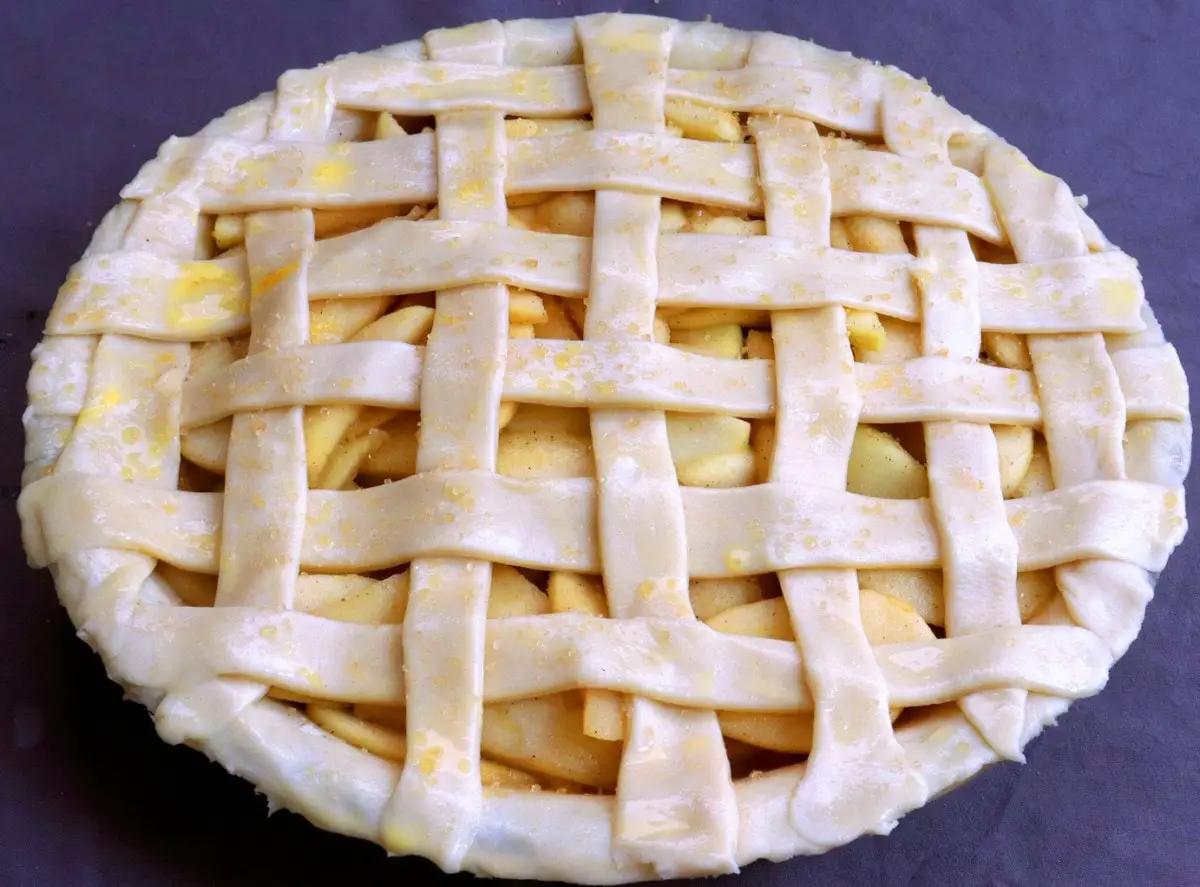
WHAT YOU NEED TO MAKE THIS RECIPE
- All-purpose flour: Measure correctly! Precise measurements are crucial for making pie dough. Stir the flour around in the bag to fluff it up, lightly spoon it into your measuring cup, and then level it off with the flat side of a knife.
- Sugar: Aside from adding flavor, the purpose of adding sugar to the dough is to help to interfere with the development of gluten. When gluten is over-developed it makes the dough become tough and dense instead of tender and flaky.
- Salt: Salt is what gives the pie crust flavor. Just make sure you're using unsalted butter so it's not too salty.
- Egg yolks: Egg yolks bind the dough together and also make it more pliable and easy to work with. The fat in the yolks also adds flavor and makes the dough more tender and flaky.
- Butter: Unsalted and always very cold! It's important the butter is always very cold, you want it to be solid when it goes into the oven. As the crust bakes, the butter melts and creates pockets of steam, which gives you flaky layers in the crust.
- Ice water: Just enough to hold the dough together. Start with a few tablespoons and gradually add half a tablespoon more until a dough forms.
HOW TO MAKE HOMEMADE PIE CRUST
- Cut the butter into even-sized pieces. Then keep it in the refrigerator so it stays cold.
- Measure the flour and add it into the bowl of a food processor along with the salt, sugar, and egg yolks, and pulse to combine.
- Add the cold butter and pulse until it's evenly coated. This is a lot easier using a food processor, however a large bowl and a pastry blender would also work, and it's a great arm workout!
- Add in the ice water and pulse until a dough forms.
- Divide the dough in half and form each into round flat discs.
- Cover with plastic wrap and refrigerate for at least 1 hour to rest and chill the dough.
- When ready to use, roll the dough out on a clean, lightly floured surface. Lightly flour everything and sprinkle with more flour every so often to avoid sticking.
HOW TO BLIND-BAKE PIE CRUST
A partially blind-baked pie crust will help keep the bottom crust from getting soggy. If the filling is very wet, the bottom crust will become overly saturated. Other recipes where the filling doesn't need to be cooked or is cooked separately may require the crust to be fully blind-baked. Both of these are very quick and easy to do, all you need are some pie weights, parchment paper, aluminum foil. If you don't have pie weights, you can also use dried rice or beans. The weights help to hold the crust down so it doesn't puff up too much during baking.
To partially blind-bake a pie crust: Roll out the pie dough and place it into the pie dish. Cover with parchment paper, aluminum foil, and add the weights or dried rice/beans. Bake for 15 minutes. Then, remove the weights and the parchment paper/foil, and bake for another 5-7 minutes, until the bottom crust is starting to get crisp.
To fully blind-bake: To fully blind bake you will follow the steps for partial blind-baking, but once you remove the weights and the parchment paper/foil you will continue baking for another 15-20 minutes until it is fully cooked and golden brown.
HOW TO TRIM AND FLUTE PIE DOUGH
Roll one disc of pie dough out into a circle that is 3" larger than the size of your pie dish. Leave a 1" overhang around the sides. Fold the sides under to create a thick outer edge around the pie. Trim and flute by pressing one finger away from the center with the other two pressing against it. This is optional but makes the pie have a prettier appearance and also helps contain the pie filling.
DOUBLE PIE CRUST RECIPES
Double pie crust recipes have a top and a bottom crust. The top crust is usually either a lattice or a full crust with a few slits to allow steam to escape. The top crust is usually brushed with an egg wash, and for dessert-pies can also be sprinkled with coarse sugar.
Here is a great, quick video tutorial by King Arthur Flour that will help you learn how to lattice pie crust.
CAN DOUGH FOR PIE CRUST BE MADE AHEAD OF TIME?
Absolutely! Pie dough is perfect for making ahead of time. After you've made the dough, divide it in half and form each half into a flat, round disc. Wrap each disc well with plastic wrap and store in the fridge for up to 3 days, or in the freezer for up to 3 months. Thaw frozen dough overnight in the fridge.
HOMEMADE PIE RECIPES
📖 RECIPE
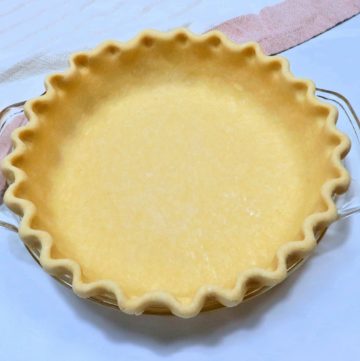
Homemade Pie Crust Recipe
Ingredients
- 2 and ¾ cups all-purpose flour
- ½ teaspoon salt
- 2 teaspoon granulated sugar
- 2 large egg yolks
- 1 cup unsalted butter (2 sticks), cold, cut into cubes
- 4-5 tablespoon ice water
Instructions
- Cut the butter into even-sized pieces first and keep it in the fridge or freezer so it stays cold.
- Add the flour, sugar, salt, and egg yolks to a food processor and pulse until evenly combined. Add the butter and pulse until the flour is evenly coated with pieces of butter.
- Add the ice water gradually just until a dough forms. I need 4 and ½ tablespoons. Start with 3 and add more, a little at a time, just until a dough forms.
- Divide the dough in half and shape each into a round, flat disc. Wrap with plastic wrap and let rest and chill in the fridge for at least 1 hour and up to 3 days.
- Lightly dust a clean surface and a rolling pin with flour. Remove one portion of dough from the fridge and roll it out into a 12" circle. Lightly sprinkle the dough, surface, and rolling pin every so often so it doesn't stick. Place the dough into a 9" pie dish. Trim the edges, leaving a 1" overhang around the sides.
- If the recipe doesn't call for blind-baking the pie crust, brush the inside of the dough with a lightly beaten egg before adding the filling. Cover with the second portion of dough if the recipe calls for it and brush the top with a lightly beaten egg. Keep the pie in the freezer while the oven preheats.
For recipes that call for partially blind-baking:
- Cover the bottom pie dough with parchment paper and aluminum foil and fill it with pie weights or dried rice/beans. Keep the pie in the freezer and preheat your oven to 425°.
- Bake the crust for 15 minutes. Remove the weights, parchment paper, and aluminum foil, and continue baking for 5-7 more minutes. Until the bottom is just starting to turn golden brown.
- Add the filling, cover with the second portion of dough if the recipe calls for it, and brush the top with a lightly beaten egg. Sprinkle the top with coarse sugar (optional, for sweet pie recipes). Then continue baking as directed in the recipe.
For recipes that call for fully blind-baking:
- Follow the steps for partially blind-baking. Once you remove the parchment paper, foil, and pie weights, continue baking for 15 minutes or until the crust is fully baked. Add the filling as directed in the recipe.


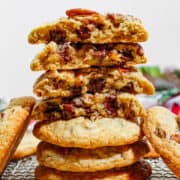
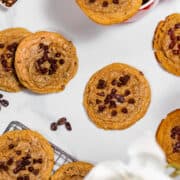
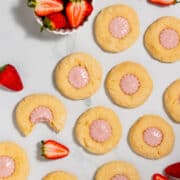
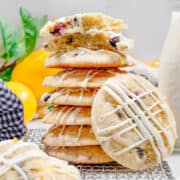
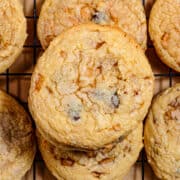
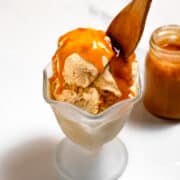
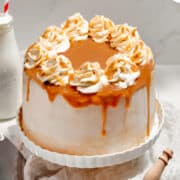
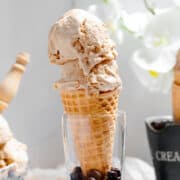

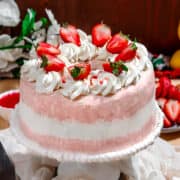
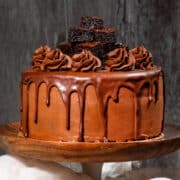
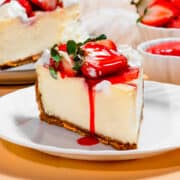
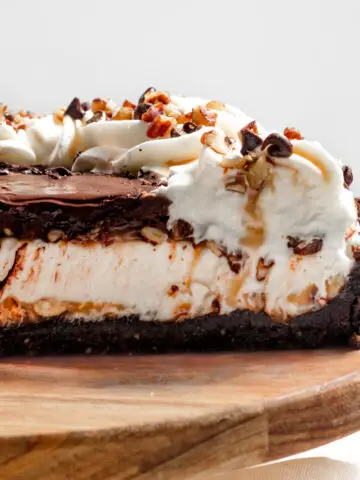
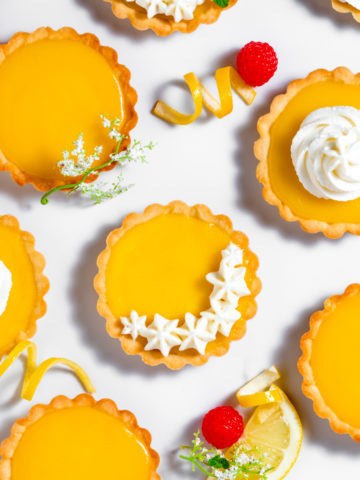
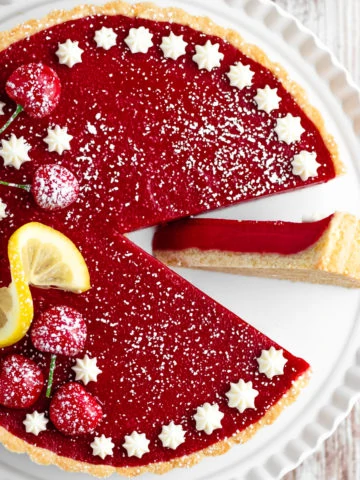
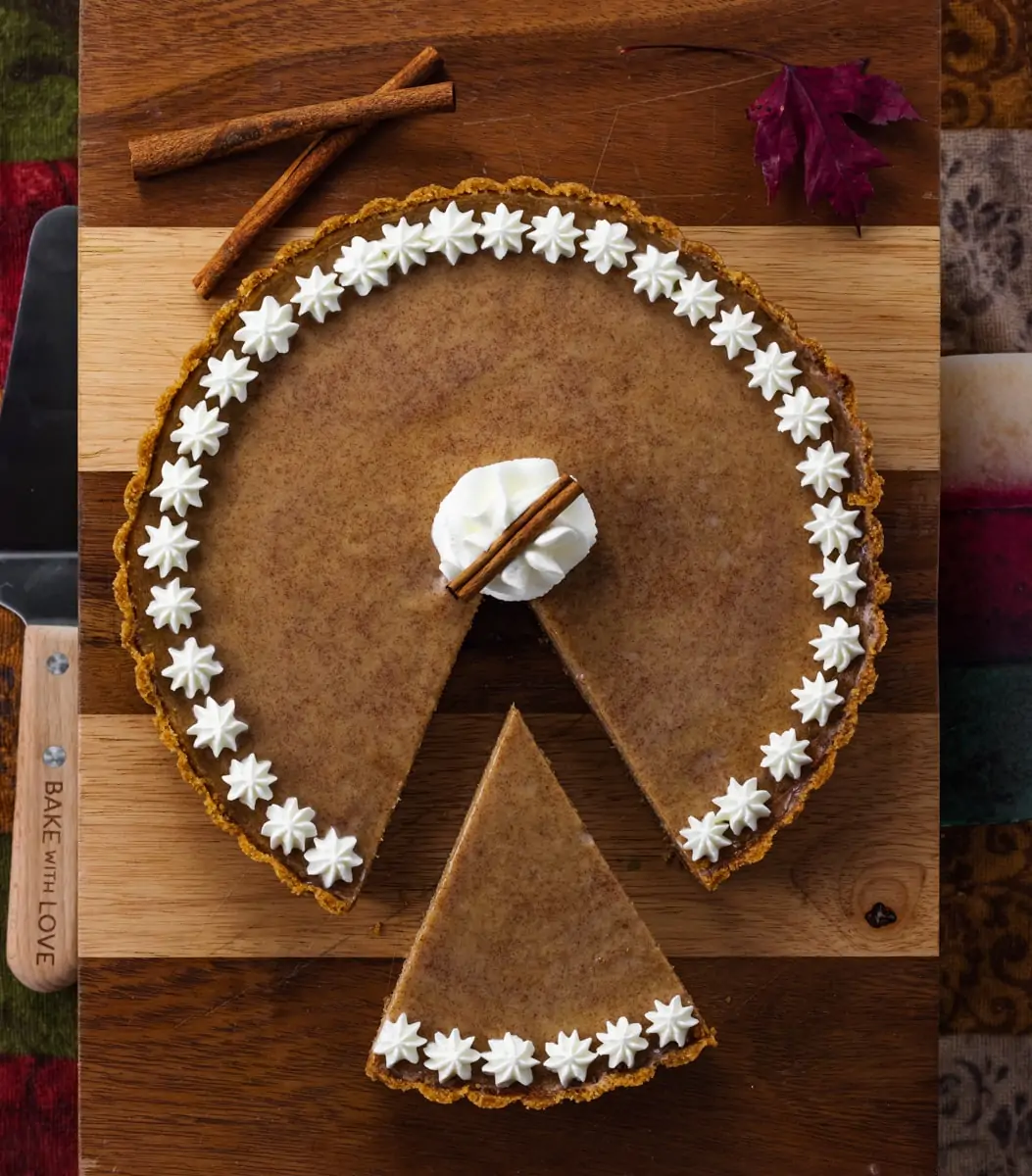
Sarah
Delicious!